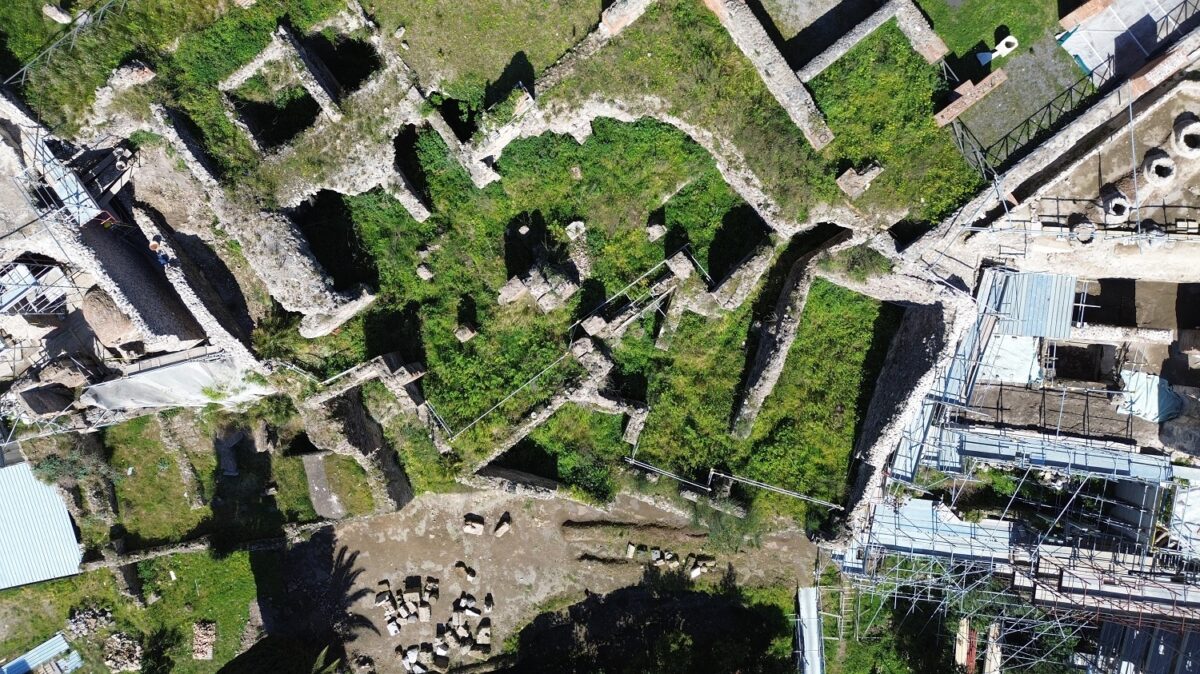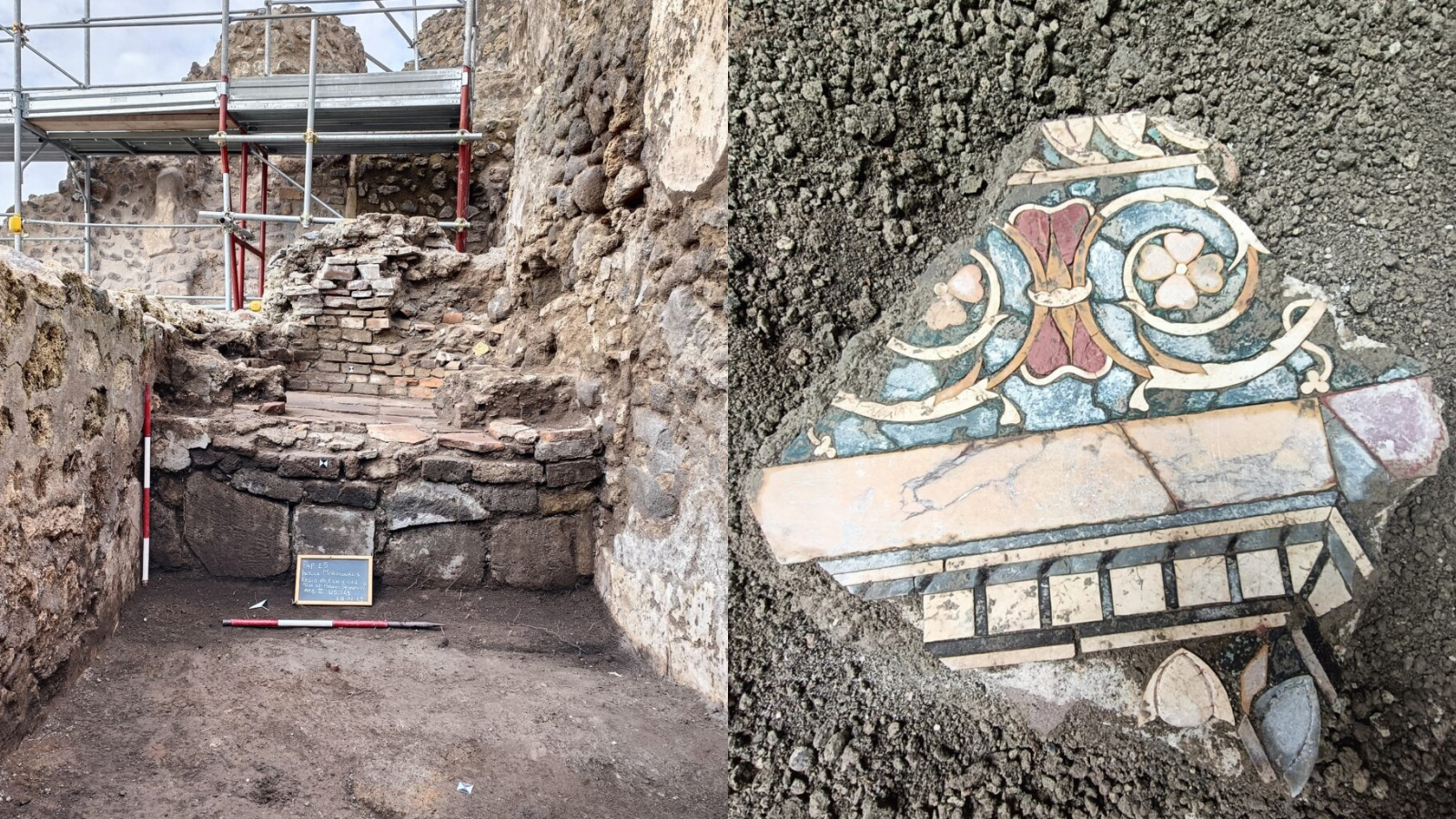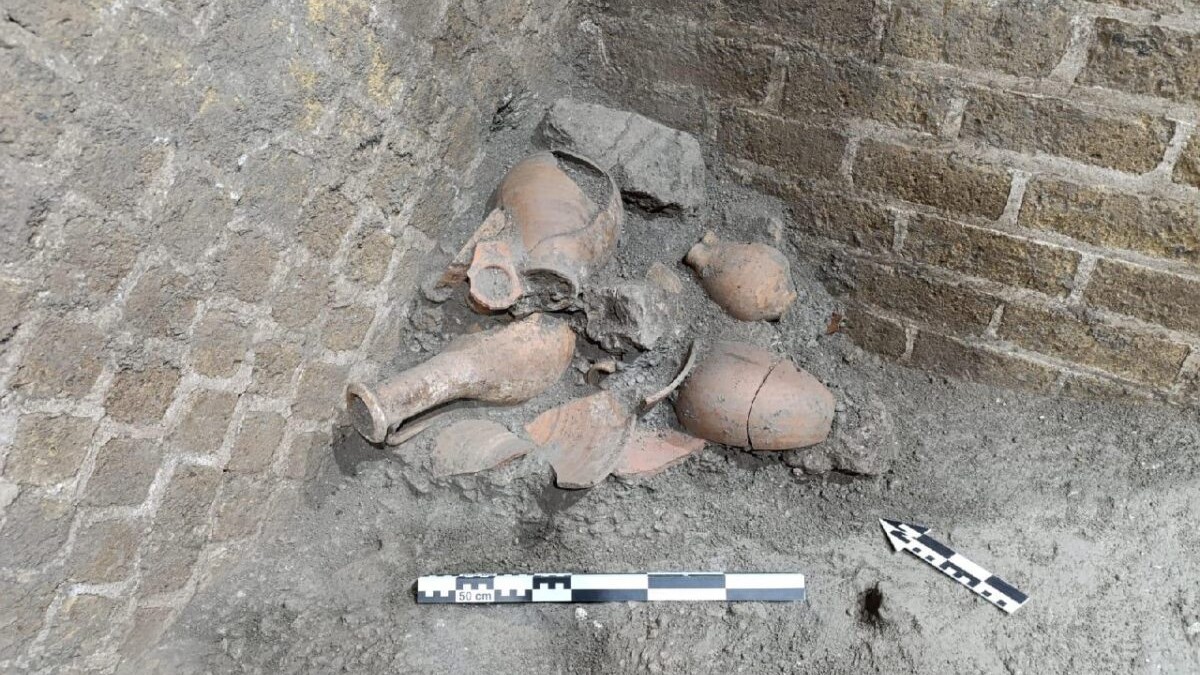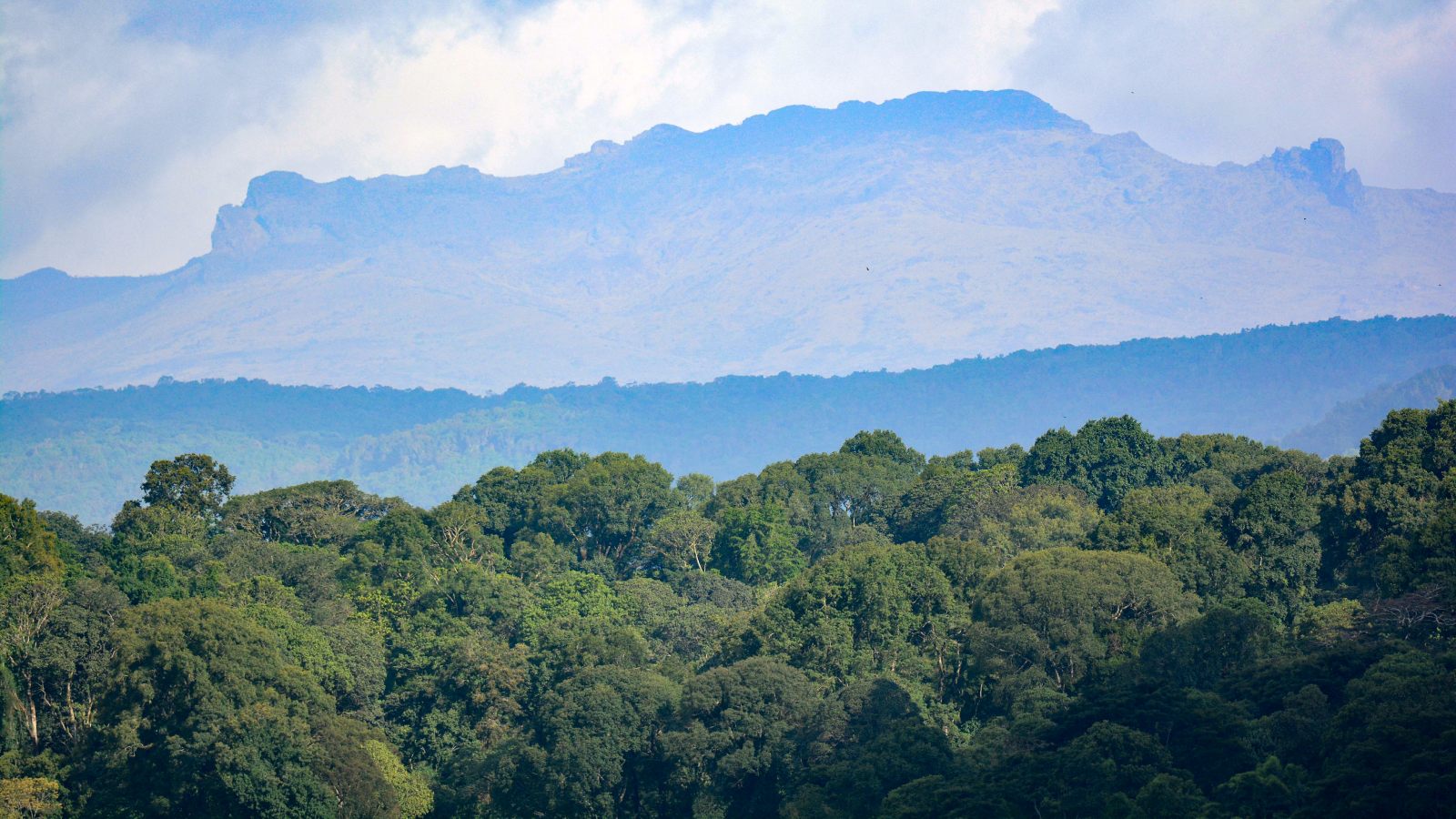After Mount Vesuvius erupted, Romans returned to Pompeii and stayed for 400 years — but it was likely anarchy
New excavations in Pompeii's Insula Meridionalis quarter have confirmed long-held suspicions that people returned to the ancient Roman city after the volcanic eruption in A.D. 79.

Survivors of the volcanic eruption that destroyed Pompeii in A.D. 79 returned to the ash-covered Roman city in the centuries after the blast and lived on the upper floors of buildings, new excavations confirm.
They were likely joined by opportunists and destitute people from nearby towns who came to the ruins in search of valuables and a place to settle, archaeologists said. This new population, the size of which is still unknown, occupied the remains of Pompeii for approximately 400 years, or until the fifth century A.D., according to a translated statement from Pompeii Archaeological Park.
"Post-79, Pompeii re-emerges less as a city than as a precarious and gray agglomeration, a kind of encampment, a favela among the still recognizable ruins of the Pompeii of old," Gabriel Zuchtriegel, director general of the archaeological park in Pompeii and lead author of a report about the new findings published Aug. 6 in the E-Journal of the Excavations of Pompeii, said in the statement.
Experts have long suspected that people returned to Pompeii after Mount Vesuvius' eruption, but the evidence to back this up was ignored and, in some cases, damaged in previous excavations, Zuchtriegel said. Most archaeologists dug past the layers where these traces might have been discovered, in a rush to get to the bottom of the ash from the eruption and uncover frescoes, artifacts and the remains of people entombed underneath, he said.
"The faint traces of the site's reoccupation were literally removed and often swept away without any documentation," Zuchtriegel said. "Thanks to the new excavations, the picture is now clearer."
The excavations took place in the Insula Meridionalis, the southern quarter of the ancient center of Pompeii. The district sits between the Imperial Villa to the west and the quadriporticus of the theaters to the east, and its preserved ruins needed conservation work, according to the new report.
Get the world’s most fascinating discoveries delivered straight to your inbox.
It was during this work that archaeologists found traces of reoccupation dating to after A.D. 79. These traces indicated that people who returned to Pompeii after the eruption made homes on the upper floors of buildings, because entrances to the lower floors were buried in ash. However, people still had access to the lower floors from inside buildings, so they used them as cellars; they built fireplaces, ovens and mills beneath where they lived, according to the statement.

Post-eruption Pompeii was disorganized and probably lawless, with people rooting through the ash for any valuables or previous possessions they could find. The people who came back did so because they had nowhere else to go or didn't have the means to settle elsewhere, according to the statement.

Researchers think Pompeii and the nearby town of Herculaneum had a combined population of about 25,000 before the eruption, but it's still unclear how many people died or survived in the blast. Excavations since 1748 have revealed two-thirds of the ancient city, in which archaeologists found the remains of 1,300 people. The remaining third may bring the proportion of the population who died to roughly one-tenth, but many more people likely died outside the cities, according to the statement.
Previous research revealed that many of Pompeii and Herculaneum's survivors went to other communities along the southern Italian coast, where they resettled in places like Cumae, Naples, Ostia and Puteoli.
We may never know how many people survived the eruption, or what proportion of those survivors returned to live in Pompeii. What does seem clear is that the city was abandoned in the fifth century, having never fully recovered from the dramatic events of A.D. 79.
People may have left Pompeii for good after another volcanic eruption in A.D. 472, according to the statement, but more evidence is needed to confirm this.
Pompeii quiz: How much do you know about the Roman town destroyed by Mount Vesuvius?

Sascha is a U.K.-based staff writer at Live Science. She holds a bachelor’s degree in biology from the University of Southampton in England and a master’s degree in science communication from Imperial College London. Her work has appeared in The Guardian and the health website Zoe. Besides writing, she enjoys playing tennis, bread-making and browsing second-hand shops for hidden gems.
You must confirm your public display name before commenting
Please logout and then login again, you will then be prompted to enter your display name.


